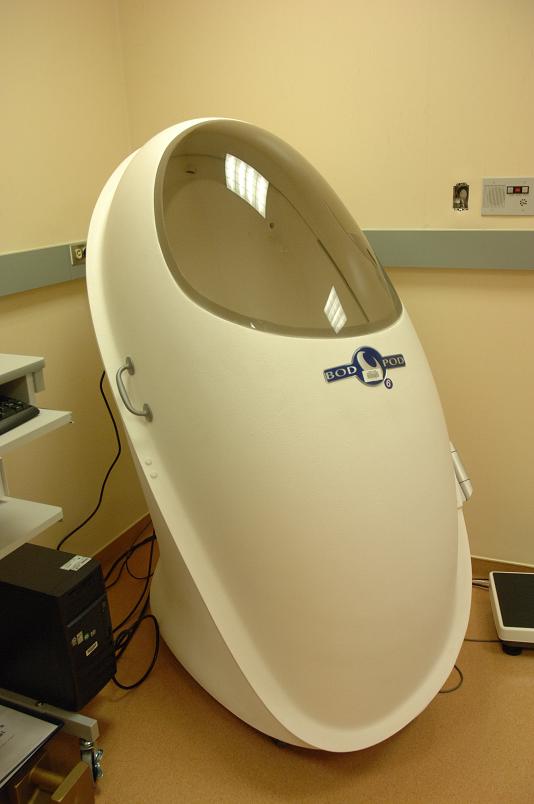Every person is composed of the same basic elements, bone, muscle, organs, and fat. The study of body composition looks at the differences for these basic elements in a particular person. Body composition analysis is one of the best indicators of overall health as determined by a person’s percentage of fat and lean mass. Two people who weigh the same amount but whose height or muscle tissue differ do not have the same body composition. For example, a muscular athlete who is 6’2” and weighs 220 pounds will have more lean mass (muscle, water, bone, and internal organs) than someone who weighs 220 pounds, but it only 5’6” and does not exercise regularly. Some fat is necessary for overall health because it plays an important role in protecting internal organs, provides energy and regulates the hormones that perform various functions in body regulation. Excess fat, however, has been linked to a number of health problems such as increased risk for diseases such as cancer, diabetes and heart disease. Body composition tests are designed to give you a “whole picture” of your body. This information is useful to help to develop nutrition and exercise programs which will best benefit the individual. The body composition tests below are just some of the tools the medical community uses today.
DXA Scan: A DXA scan (dual-energy x-ray absorptiometry) is medical imaging scanner (other types of scans include x-rays, MRI and CAT scans). The DXA scan is the standard equipment doctors use to test for osteoporosis, a common condition that reduces bone density, making a person more likely to break a bone. In our metabolic research setting, the DXA is a full body scan from head to toe, which allows us to collect detailed images of the bones, lean body mass, and body fat of participants. In this procedure, subjects lay flat on a raised padded bed while a scanning arm moves slowly over them. It is open and most subjects are completely comfortable during this procedure, which lasts between six and ten minutes. There is very low radiation exposure with this procedure.

BodPod: A BodPod is used to provide a whole-body measurement of body volume which together with weight is used to determine overall lean and fat mass in a subject. Although this test does not have the same detailed look at where fat and muscle are located throughout the body, it gives researchers an estimate of the total body lean and fat mass percentage in subjects. In this test, subjects sit inside the capsule-like BodPod while computerized pressure sensors determine the amount of air displaced by the person inside. In a typical study, volume is measured 2-3 times. During the volume measurements subjects can relax and breathe normally. Each measurement takes only 60-90 seconds. The door of the BodPod is opened between measurements. Following the volume measurements, subjects complete simple breathing exercises into a tube while in the BodPod. These measures allow us to determine lung volume. The total test duration is around 10 minutes.

Bioelectrical Impedance: Bioelectrical Impedance is a test method which is based on the idea that lean tissue allows electrical current to pass through it more easily than fat tissue because the lean tissue has a larger amount of water content than fat tissue does. This short test involves placing electrodes on the subject’s hand and foot. A low dose electrical current is passed through the body through the electrodes. The electrical current is so small that most people cannot feel anything. The resistance to this current is measured and researchers use the measurements to convert the results to a percentage of body fat mass and to estimate total body water. Bioelectrical Impedance analysis can be performed using a single frequency or multiple frequencies. The multi-frequency analysis allows for a more customized prediction of body composition, since electrical conduction may vary slightly between people, especially if there is an underlying medical condition. For subjects, the only difference is that multi-frequency testing can take as long as five minutes while single frequency studies take only a few seconds.